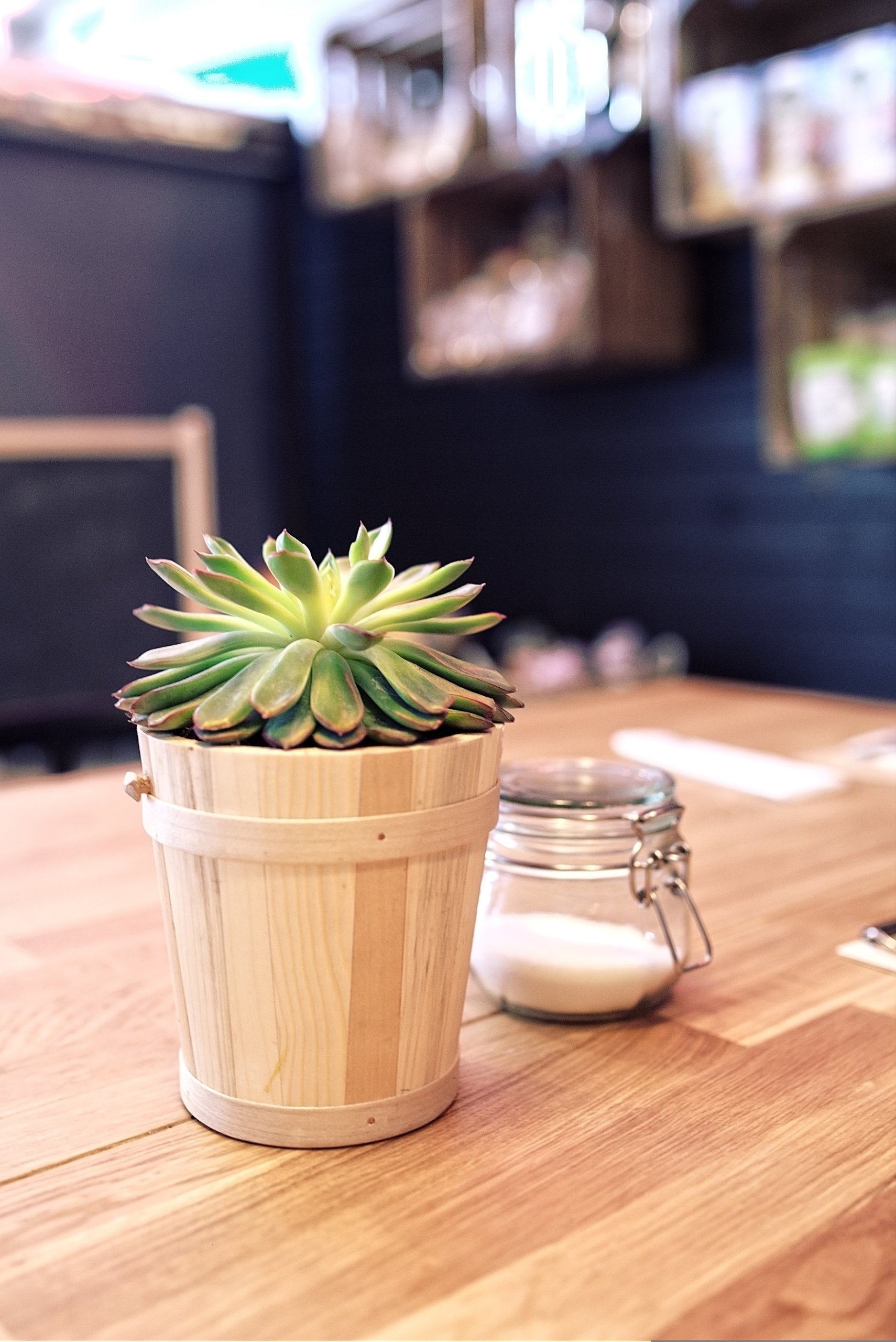Succulent Dormancy Cycles
Succulents don’t grow at the same pace all year long. They follow natural cycles of growth and rest that shift with changes in light, temperature, and water. Succulent dormancy is a period when growth slows or stops so the plant can conserve energy and survive seasonal changes.
You may notice leaves stop forming, colors fade slightly, or growth comes to a standstill. This doesn’t mean the plant is unhealthy, it’s simply entering a normal phase of its life cycle. Knowing when dormancy happens helps you adjust watering, light, and care so your plants stay strong.
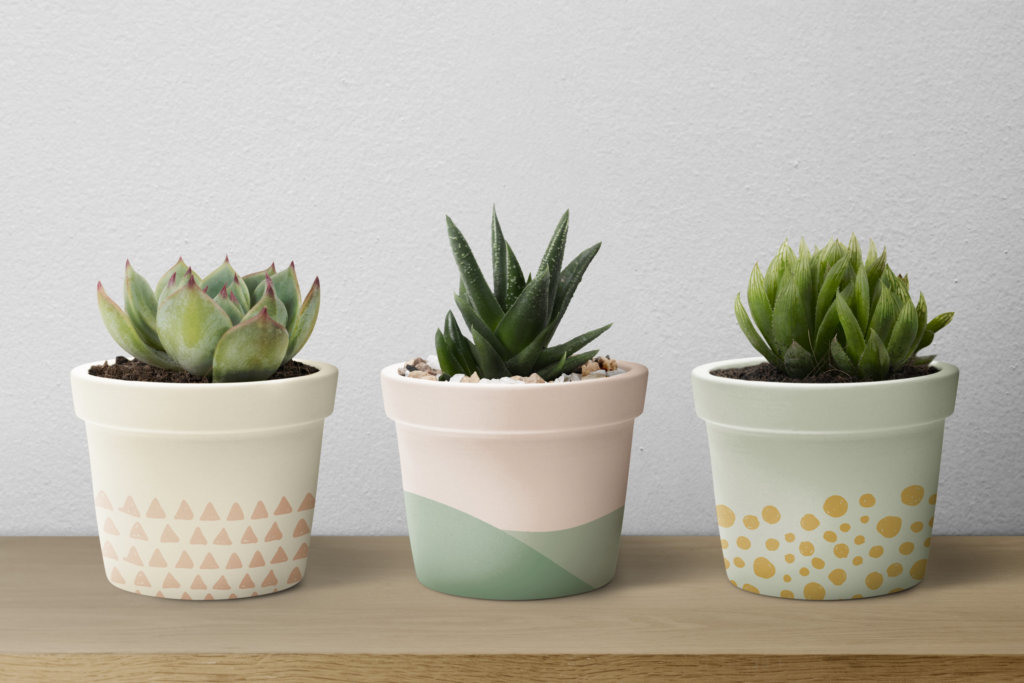
By understanding these cycles, you can match your care routine to what your succulents actually need. Some species rest in summer heat, while others pause in winter cold. Recognizing these patterns makes it easier to keep your plants thriving year after year.
Understanding Succulent Dormancy Cycles
Succulent dormancy is a natural part of the plant life cycle where growth slows or pauses. It is influenced by changes in temperature, light, and water availability, and it helps the plant conserve energy and survive less favorable conditions. Recognizing this cycle allows you to adjust care routines and prevent stress in your plants.
What Is Succulent Dormancy?
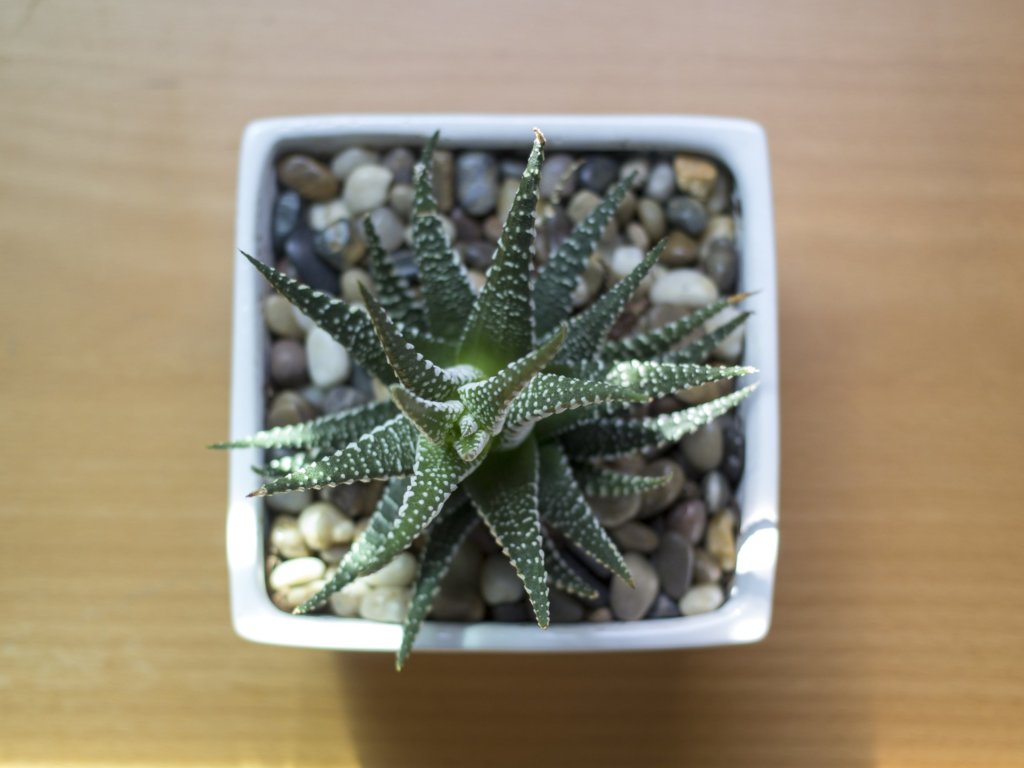
Succulent dormancy is a period when your plant reduces or stops active growth. Instead of producing new leaves or stems, the plant shifts into a resting state. This does not mean the plant is unhealthy, it is simply conserving resources.
Dormancy often occurs in response to seasonal changes. Many succulents go dormant in winter when light and temperatures drop. Others, especially those from hot climates, may rest in summer to avoid heat stress.
You can identify a dormant succulent by slower growth, duller leaf color, or a pause in new root or stem development. Some species may even shed leaves or shrink slightly. These changes are normal and should not be confused with disease or neglect.
Why Succulents Enter Dormancy
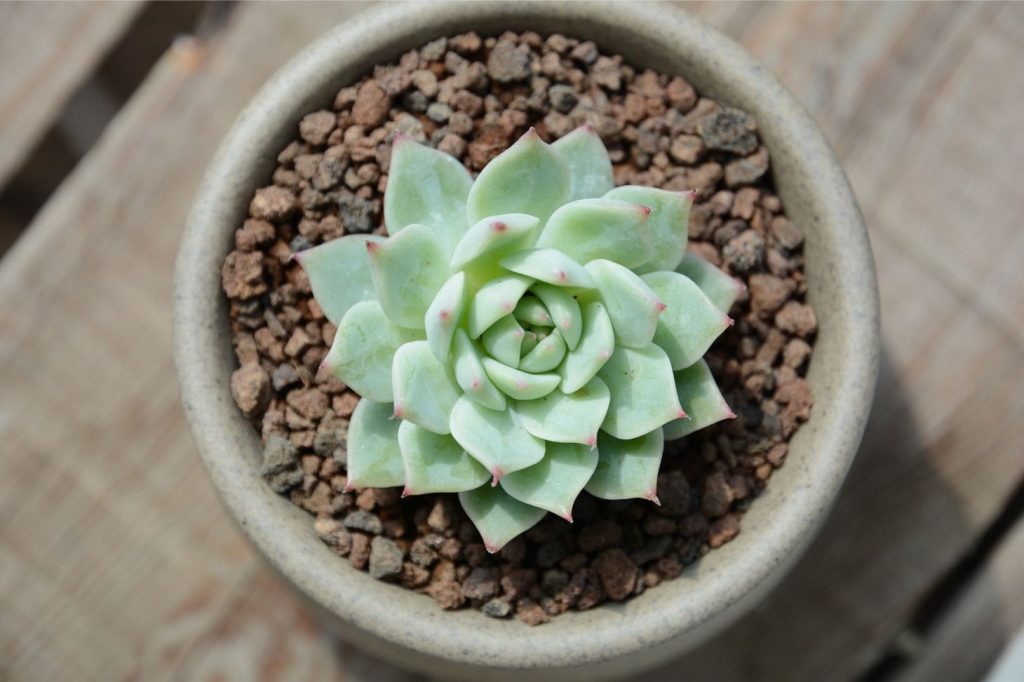
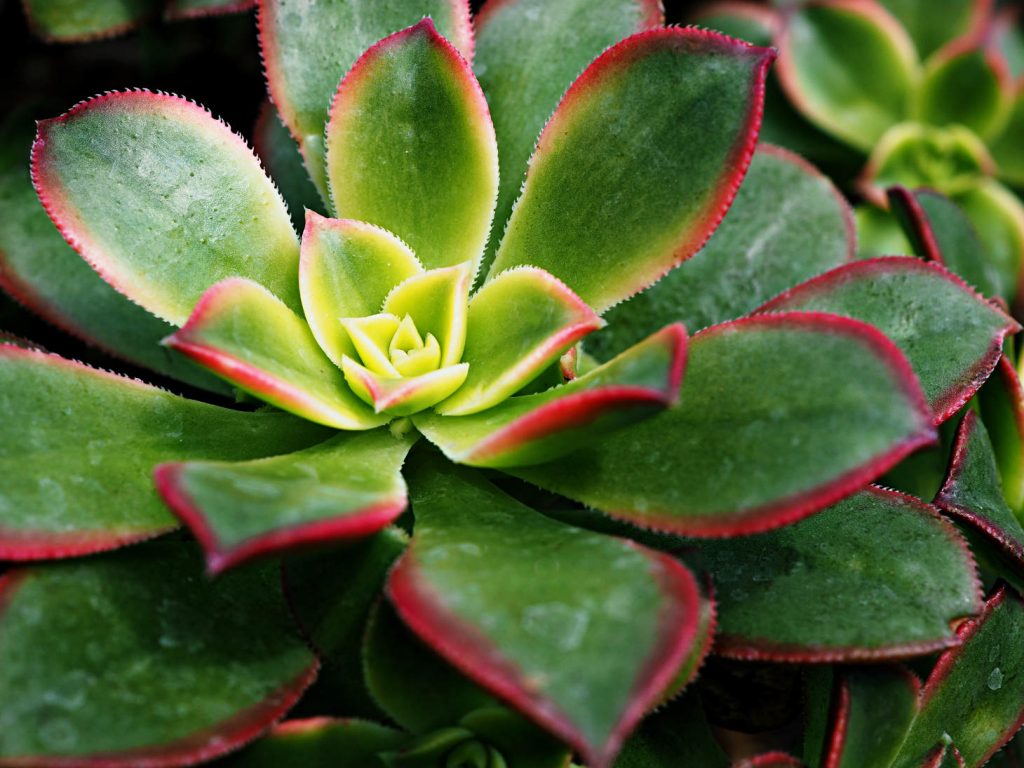
Dormancy helps succulents survive periods when conditions are not ideal for growth. By slowing down, the plant reduces water and energy use. This prevents stress from limited sunlight, extreme heat, or cooler winter temperatures.
For example, winter-dormant succulents like echeverias rest when days are short and cold. In contrast, summer-dormant succulents such as aeoniums pause growth during hot, dry months. Knowing which type you have helps you adjust watering and light exposure correctly.
During this time, you should avoid overwatering. Roots cannot take up as much moisture when growth is slow, and excess water may cause rot. Instead, provide just enough water to keep the plant from shriveling.
Biological Processes During Dormancy
Inside the plant, dormancy involves changes at the cellular level. Growth in the meristems, the tissues that produce new leaves, stems, and roots, slows down or stops. This reduces the demand for nutrients and water.
Metabolism also shifts. Energy stored in leaves and stems is conserved instead of being used for new growth. The plant focuses on survival rather than expansion.
Hormonal signals play a role as well. Reduced daylight and cooler or hotter temperatures trigger changes in plant hormones that regulate growth. These signals tell the succulent to pause development until conditions improve.
By understanding these processes, you can see that dormancy is not a problem but a protective strategy. Your plant is simply waiting for the right time to grow again.
Types of Succulent Dormancy
Succulents respond to seasonal changes in different ways. Some slow down in the heat of summer, others rest through the cold months, and a few continue active growth during winter when conditions are cooler.
Summer Dormant Succulents
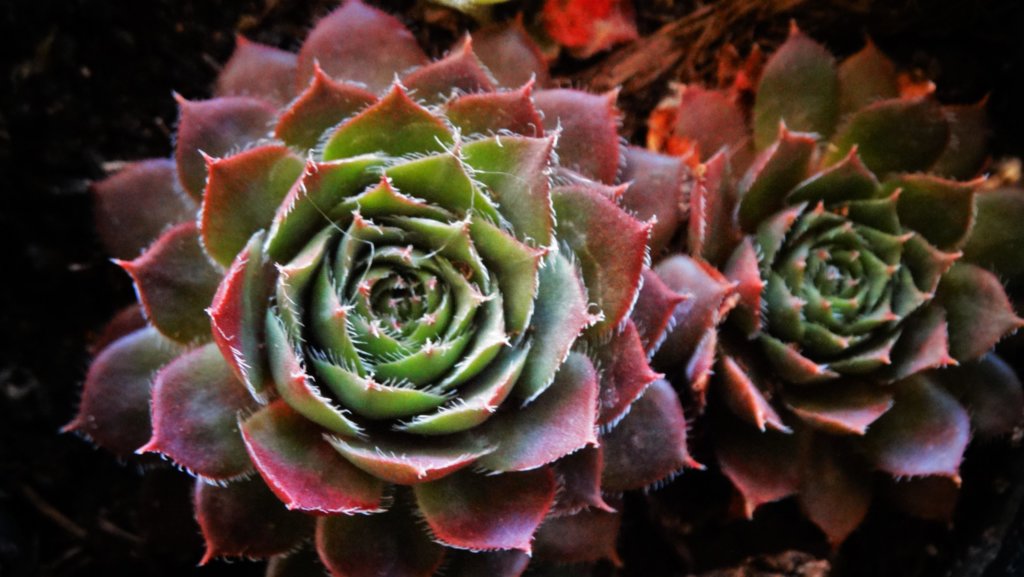
Summer dormant succulents reduce growth when temperatures rise and sunlight is strong. This rest period helps them conserve energy and water during hot, dry conditions. You may notice leaves stop multiplying, colors fade slightly, and overall growth slows.
Common summer dormant genera include Sempervivum and Aeonium. These plants prefer cooler seasons for active growth, usually fall through spring. During summer dormancy, you should cut back on watering, offering only enough to prevent shriveling.
Fertilizing during this time can stress the plant. Instead, focus on keeping the soil dry and providing shade if sunlight is too intense. By respecting this cycle, you avoid root rot and help the plant stay healthy until its growth phase returns.
Winter Dormant Succulents
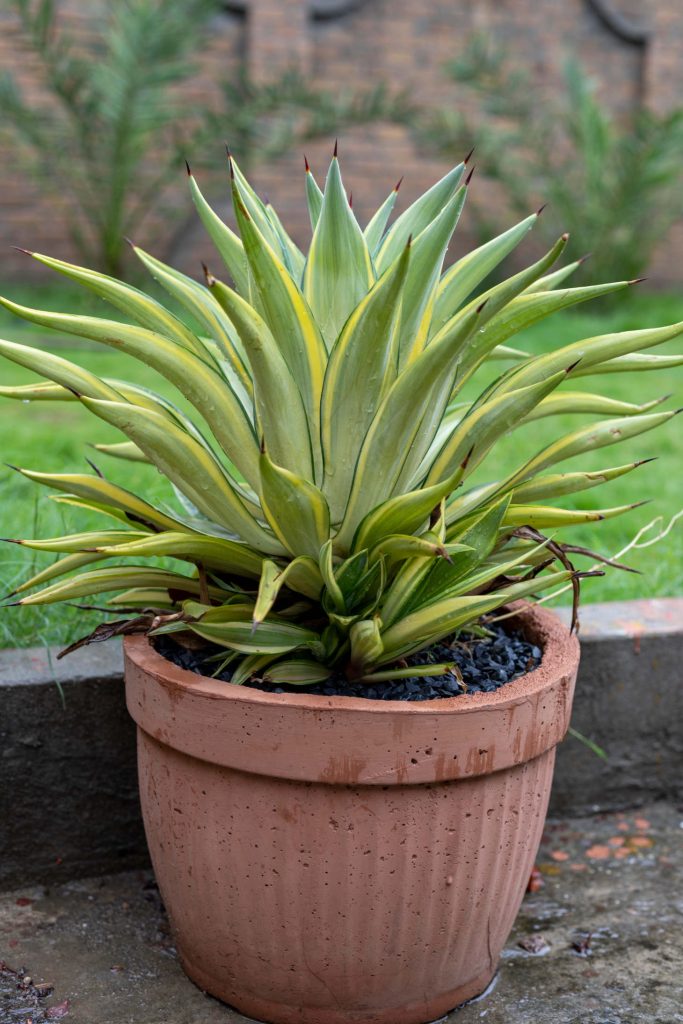
Winter dormant succulents slow their activity when temperatures drop and daylight hours shorten. Growth nearly stops, and the plant remains in a holding state until spring. Leaves may look unchanged, but the plant is conserving energy.
Examples include Agave species. These succulents thrive in warm months and rest during cold weather. You should water them sparingly in winter, as their reduced metabolism makes them more prone to rot if soil stays wet.
Keep them in bright but indirect light. Avoid repotting or fertilizing until spring, since they will not use extra nutrients while dormant. Understanding this cycle helps you avoid overwatering, which is the most common mistake with winter dormant plants.
Winter-Growing Succulents
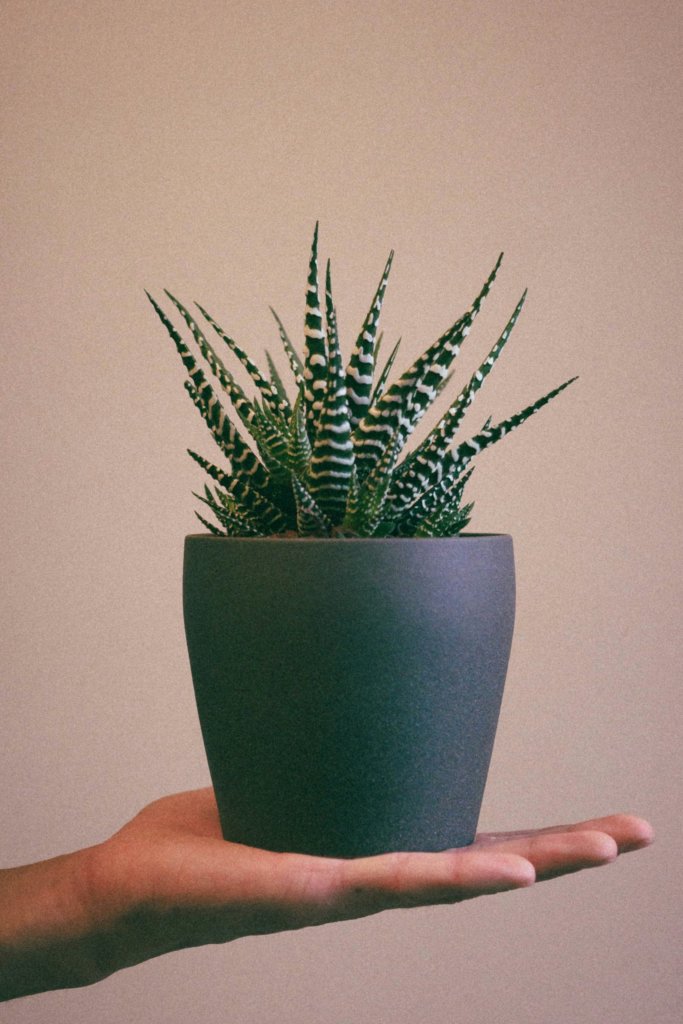
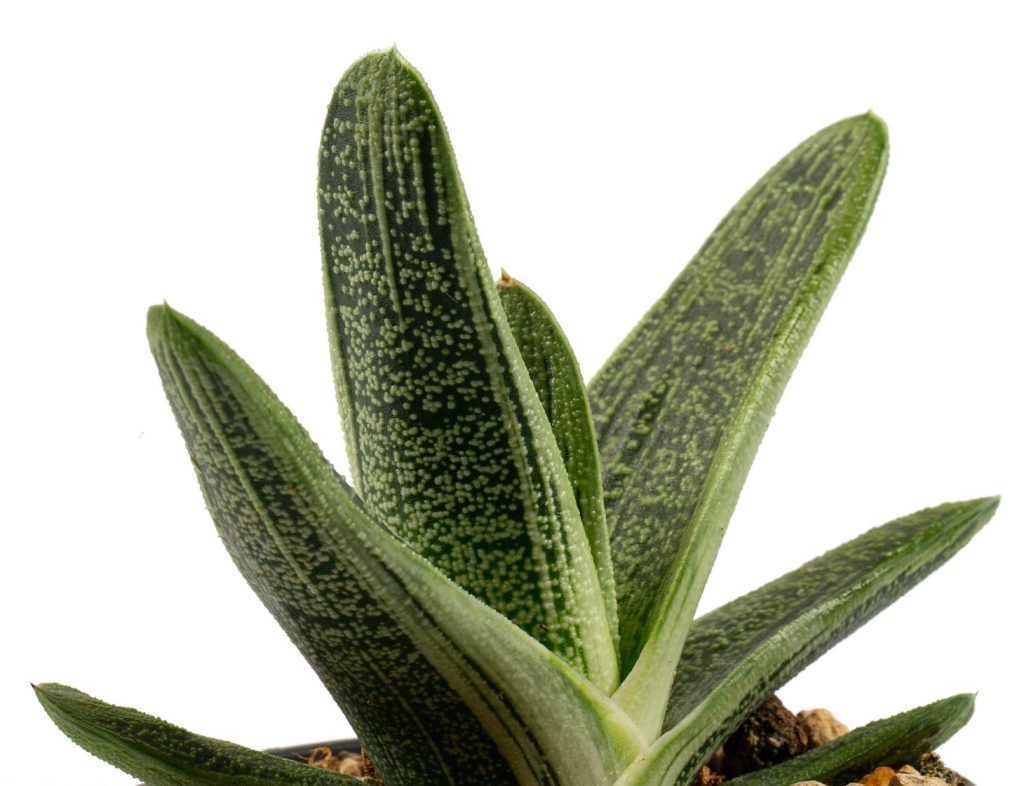
Winter-growing succulents are active when many other plants are resting. They take advantage of cooler temperatures and shorter days to produce new leaves and roots. This cycle is common in plants from regions with mild, wet winters and hot, dry summers.
Notable examples include Haworthia and Gasteria. These species slow down or stop during summer but grow steadily through fall, winter, and early spring. However, they prefer bright, indirect light and should be protected from intense sun to prevent scorching.
A simple table can help you remember care needs:
| Growth Phase | Watering | Fertilizer | Light |
| Active (winter) | Moderate, when soil dries | Light feeding | Bright, indirect |
| Dormant (summer) | Minimal, prevent shriveling | None | Shade or filtered |
By adjusting your care to their seasonal rhythm, you support stronger growth and healthier plants year-round.
Succulent Species and Their Dormancy Patterns
Different succulents rest at different times of the year, and their dormancy depends on factors like temperature, light, and water. Some species slow down in summer heat, while others pause during winter cold, so knowing which group your plants belong to helps you adjust care properly.
Common Dormant Succulent Genera
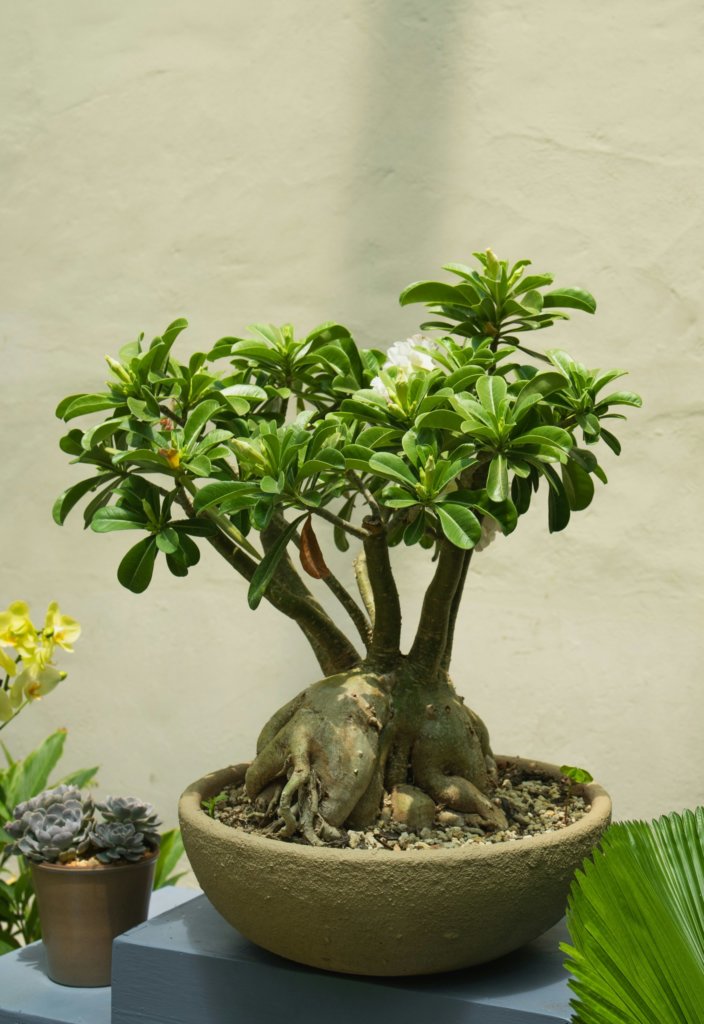
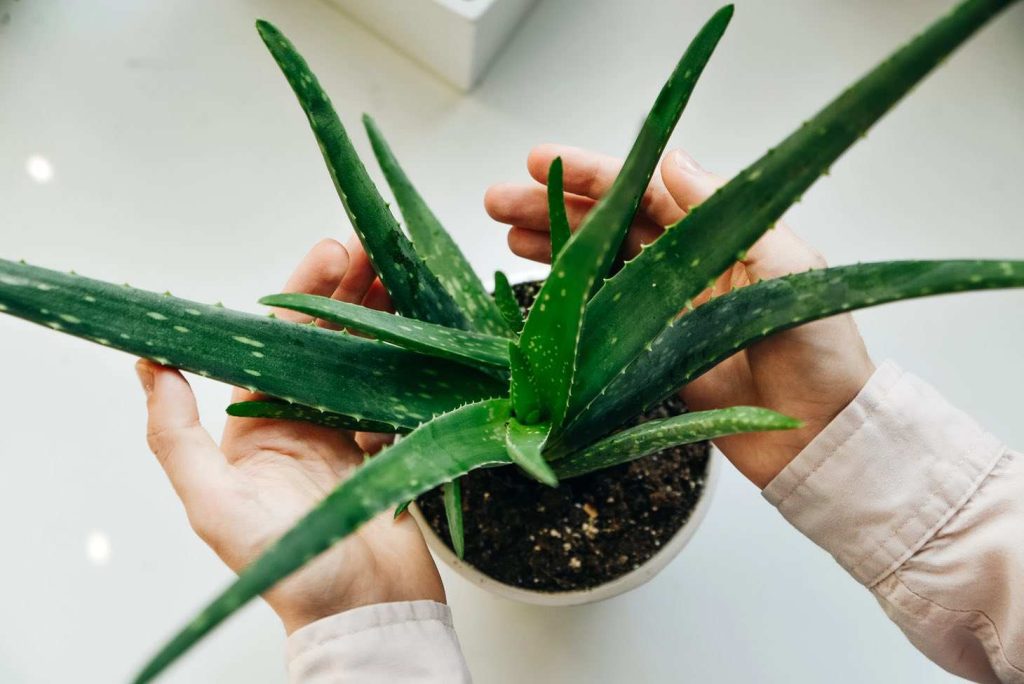
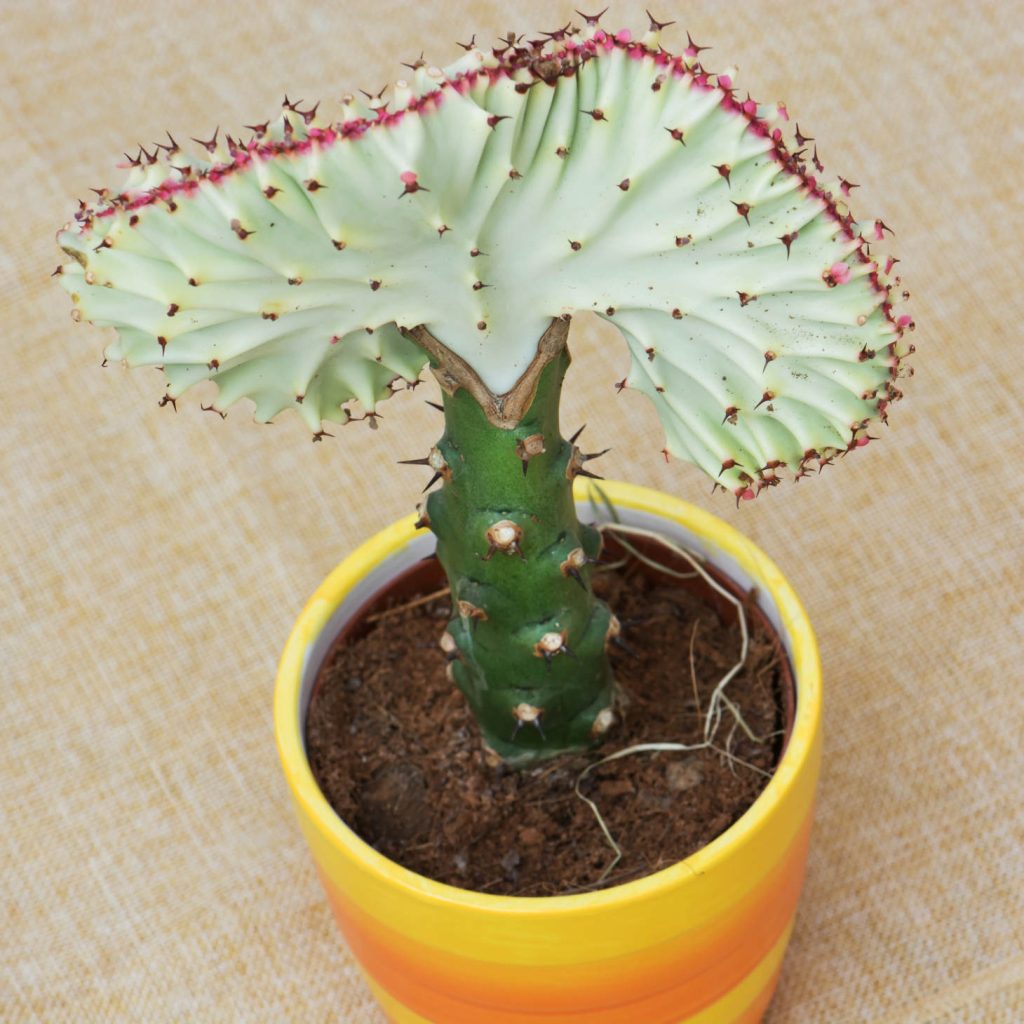
Many well-known succulents follow predictable dormancy cycles. Echeveria usually rest during winter, while Adenium and Agave also slow down in cooler months. In contrast, Aloe, Haworthia, and Gasteria often pause in the hottest part of summer.
Euphorbia species vary, with some slowing in winter and others in summer depending on origin.
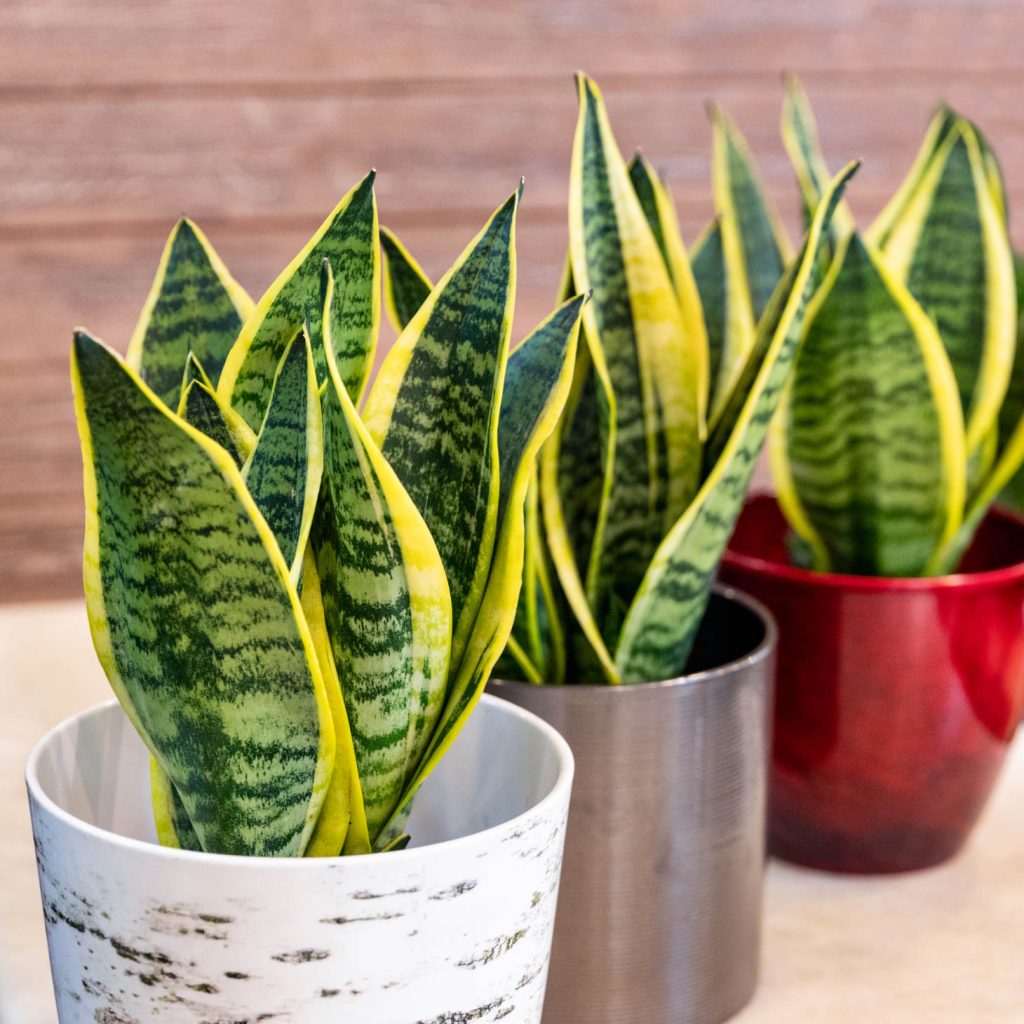
Dracaena trifasciata (snake plant) grows year-round but at a much slower pace in winter.
| Genus | Typical Dormancy Period |
|---|---|
| Sempervivum | Summer |
| Echeveria | Winter |
| Aloe | Summer |
| Haworthia | Summer |
| Crassula | Summer |
| Adenium | Winter |
Recognizing these cycles helps you avoid overwatering or fertilizing when growth is minimal.
Indoor Succulents Versus Outdoor Succulents
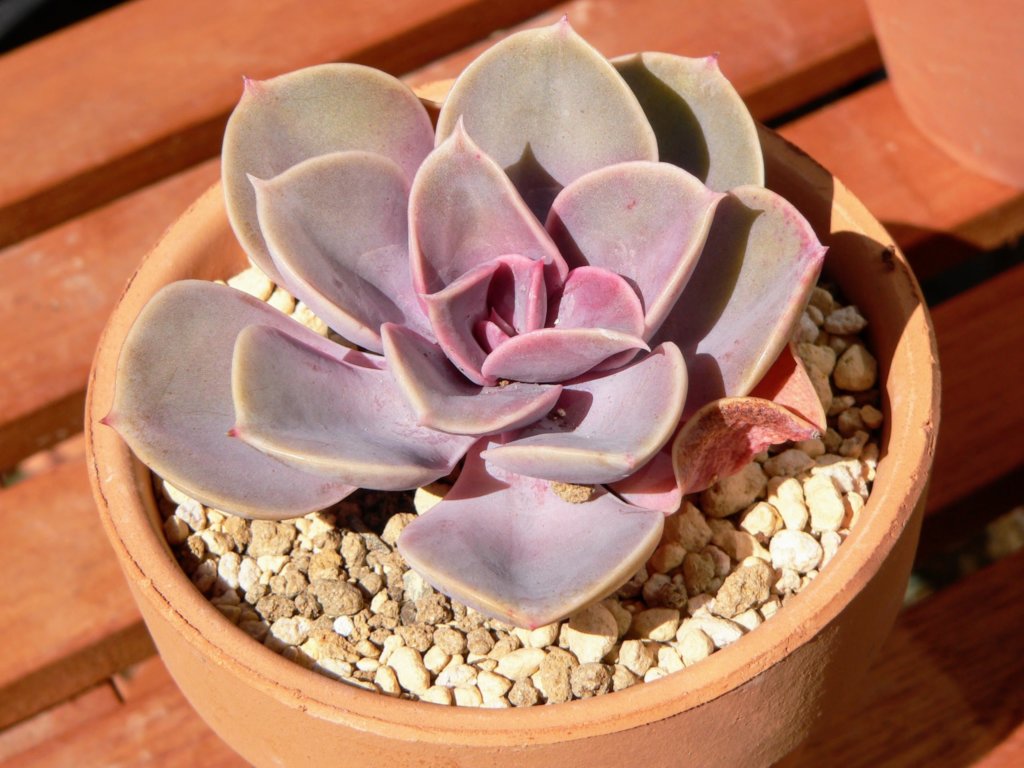
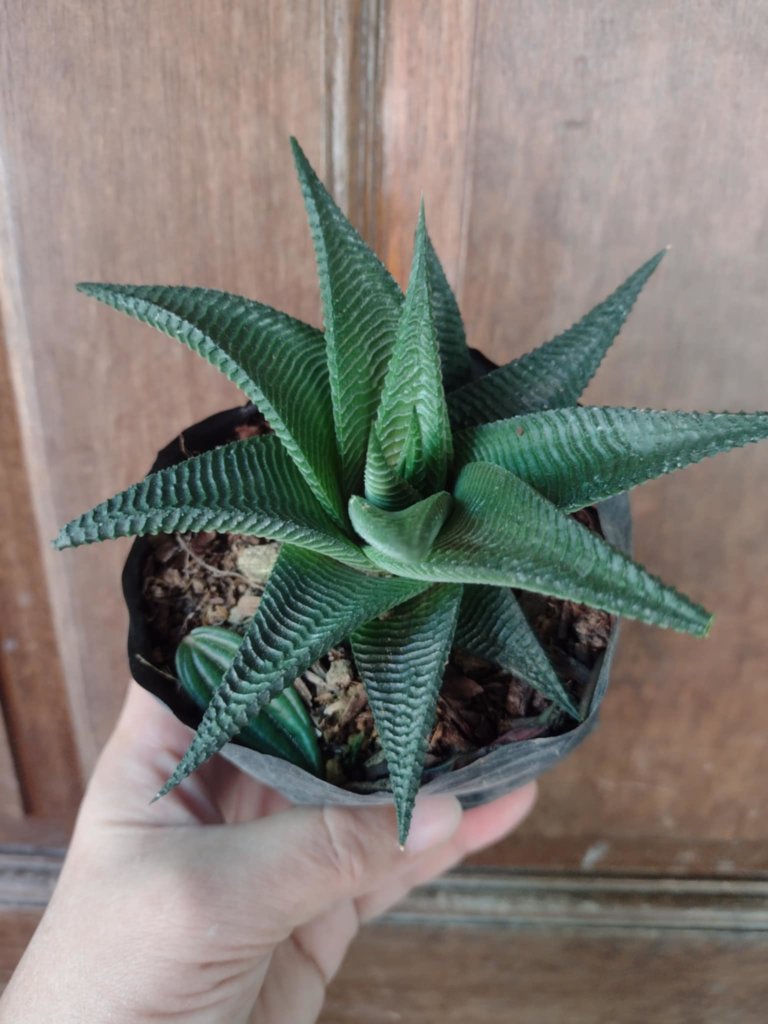
Dormancy patterns can shift when you grow succulents indoors. Plants like Echeveria, which normally slow down in winter outdoors, may keep growing inside if they receive steady light and warmth.
Aloe, Haworthia, and Gasteria often show less obvious summer dormancy indoors because indoor conditions reduce extreme heat stress. However, you may still notice slower leaf production.
Dracaena trifasciata (snake plant) adapt well inside, but their winter slowdown is still noticeable if light levels drop.
Outdoor succulents experience sharper dormancy because they respond directly to seasonal changes in temperature and daylight. Indoors, dormancy is often softer, meaning you may only see reduced growth instead of a full pause.
Adjusting care depends on location. Indoors, you may water lightly year-round, while outdoors you need to cut back sharply during dormant months.
Environmental Factors Affecting Dormancy Cycles
Succulent dormancy often begins when changes in temperature, light, and water limit growth. These shifts signal the plant to slow metabolism, conserve energy, and survive until conditions improve.
Temperature and Light

Temperature plays a direct role in when succulents rest. Many summer-growing species, such as Echeveria, slow down when heat rises above 90°F. In contrast, winter growers like Aeonium often go dormant during hot, dry months and resume growth in cooler seasons.
Light levels also influence this cycle. Shorter days with weaker sunlight often trigger dormancy in species adapted to cooler climates. When light is reduced but temperatures stay warm, some plants may still enter a semi-dormant state to reduce stress.
You should match your care to these shifts. During dormancy, keep plants in bright but indirect light to prevent stretching. Avoid placing them in intense, direct sun when they are not actively growing, as their reduced activity makes them more sensitive to stress.
Photoperiod and Water Availability

Photoperiod, or the length of daylight hours, signals succulents when to rest or grow. As days shorten, many species reduce growth even if indoor conditions remain stable. Longer daylight in spring often restarts active growth.
Water availability works alongside light. In nature, dry seasons often overlap with dormancy. Succulents evolved to conserve moisture during these times by reducing water use and slowing metabolism.
At home, you should water less when growth slows. Overwatering during dormancy can lead to root rot because the plant takes in little water. Instead, allow soil to dry more fully before watering again.
Monitoring day length and adjusting your watering schedule helps prevent stress. This balance supports healthy cycles and reduces the risk of pests or disease during rest periods.

